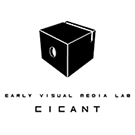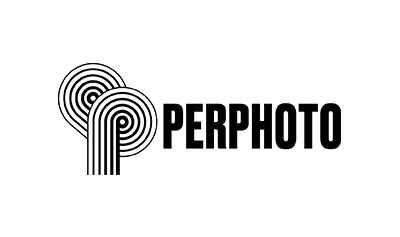Becoming Static: Experiences of Pathé Baby before the Second World War in Japan [EN]
Yosaku Matsutani
Osamu Tezuka (1928–1989) remains a leading cartoonist in Japan. Before the Second World War, his father Yutaka Tezuka had been a famous amateur photographer and filmmaker. When Osamu was a child, Yutaka showed him many 9.5 mm films (e.g., Chaplin films and Disney animation) that Yutaka owned and photographs that Yutaka took. That Yutaka and his image-making greatly influenced Osamu’s later creative activity is well known. For example, one of Osamu’s masterpieces is “Message to Adolf,” which focuses on humanity around Jews, the Germans, and the Japanese. One source for this work was photographs Yutaka took in March 1941 in Kobe. In the frame, Yutaka included many wandering Jews that had escaped Nazi persecution, crossed Eurasia, and landed in Kobe. We cannot guess how Osamu, then 12 years old, perceived those photographs, but 40 years later, they were certainly one of the triggers for Osamu’s masterpiece. In Japan until about 1940’s, amateur photography and film permeated homes or small local communities, whose members were thus affected, such as Osamu Tezuka’s case. However, previous researchers into that era’s amateur photography and film, especially into small-gauge films such as the 9.5mm “Pathé Baby,” evaluated such image-making as “artistic” film and detached it from home or small local communities. Then, they intended to connect Pathé Baby image-making with experimental or avant-garde films made after the Second World War and, eventually, to establish a genealogy of alternative Japanese films against normative commercial movies based on narrative. However, based on analyses in previous research, we might not be able to understand the case of Osamu Tezuka. Because of Pathé Baby’s characteristic compactness of scale, economy, and mentality, it remained in homes or small local communities until the 1940’s and associated people, objects, and media. Consequently, Pathé Baby became a dynamic system wherein society, culture, and history were rearranged. In this paper, based on studies about Pathé Baby’s images and devices, contemporary media (newspaper and magazines), and 9.5 mm film stock, I discuss the rich aspects of Pathé Baby before the Second World War in Japan.
Yosaku Matsutani works on problems of film style, film history and film culture, problems of art practices since the aesthetic turn, and the relationship between science & technology and art. He is currently Associate Professor of Faculty of Letters Department of Philosophy at Kokugakuin University, Tokyo. His published works include papers on amateur image practices in Japan before the second World War, on the aesthetic experience of the insect, and on image practices in outer space.
Organization


Partners





Campo Grande, 376, 1749 - 024 Lisboa | Tel.: 217 515 500 | Fax: 21 757 7006
Copyright © 2021 COFAC. Todos os direitos reservados. Gestão de conteúdos por Producao Multimédia
